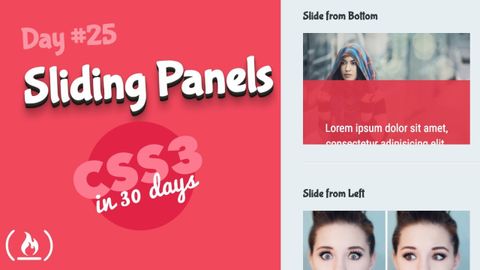スライディングパネル。CSS チュートリアル (30日目のCSS3の25日目) (Sliding Panels: CSS Tutorial (Day 25 of CSS3 in 30 Days))
林宜悉 が 2021 年 01 月 14 日 に投稿  この条件に一致する単語はありません
この条件に一致する単語はありませんUS /ɪnˈkrɛdəblɪ/
・
UK /ɪnˈkredəbli/
- adv.信じられないことに;信じられないほど;信じられないほど;驚くほど
US /ˈkɑnˌtɛnt/
・
UK /'kɒntent/
- adj.満足している;満足した
- n. (c./u.)内容;主題;コンテンツ;満足;コンテンツ;含有量
- v.t.満足させる
- v.i.同意する
US /ˈnɛɡətɪv/
・
UK /'neɡətɪv/
- n.マイナスの電極;否定文の;「いや」という返事;写真や映画のネガ
- adj.嫌な;負の数の;悲観的な;否定的;陰性の;負の
US /ˈtɪpɪklɪ/
・
UK /ˈtɪpɪkli/
エネルギーを使用
すべての単語を解除
発音・解説・フィルター機能を解除

